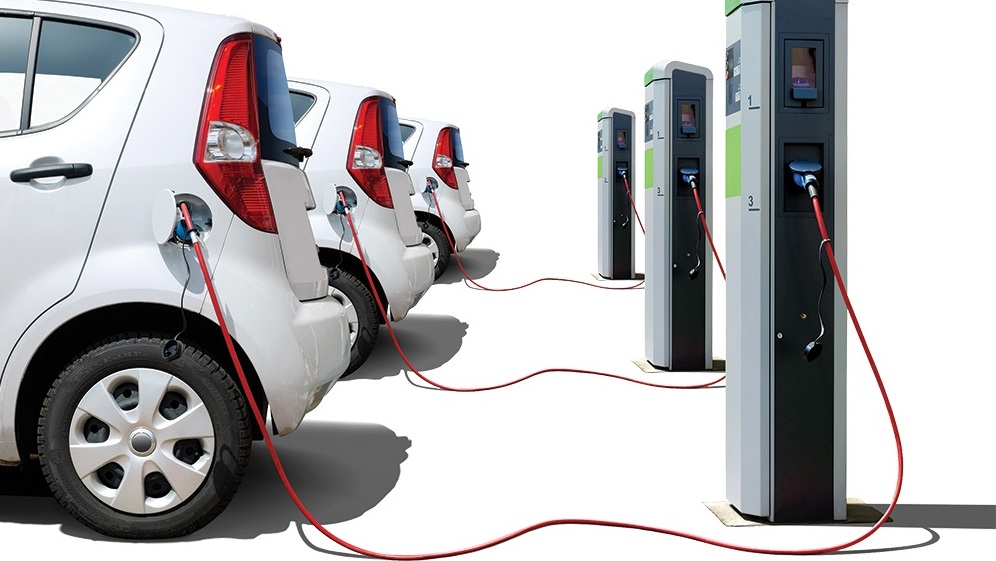Read The Full Article On: Alabamanewscenter
Predictors of future auto and energy forecasts say that by the end of this new decade, electric vehicles (EVs) could account for half of auto sales in the world. The trends that could lead to those projections include better battery technology and a rising interest in energy efficiency for buses, rideshare vehicles and electric scooters.
EV sales jumped an incredible 75% from 2017 to 2018, according to the Alliance of Auto Manufacturers, but by the end of 2018, EVs still accounted for less than 2% of the overall vehicle market.
But auto companies see those small numbers as an opportunity for growth. Around the world, they are investing $225 billion over the next three years to develop more EVs. Manufacturers are offering more than 40 models of EVs, a number expected to grow to more than 200 over the next two years. An analysis by the J.P. Morgan investment firm sees traditional internal combustion engine vehicles falling from a 70% share of the market in 2025 to just 40% by 2030.
The efficiency of electricity

What’s powering those predictions is the worldwide interest in less pollution, higher efficiency and greater economy. A study by the American Council for an Energy Efficient Economy (ACEEE) concludes that electricity produces less greenhouse gases than other forms of energy, especially with the increasing use of renewable power sources to generate electricity. The ACEEE study cites transportation as a sector of the economy that could produce the biggest gains in energy efficiency, mainly because of a shift toward EVs. The study says, “Electric vehicles are generally more efficient and have lower emissions than gasoline or diesel internal-combustion engine vehicles. Thus, operating costs are typically lower for electric vehicles.”
While efficiency and environmental concerns provide reasons for EV growth, it helps that they’re getting cheaper. A lot cheaper. One of the biggest costs of an EV is the battery, and fierce competition is driving down prices. The incentives for researchers and manufacturers to lower costs have reduced battery prices about 15% a year for the past 20 years. As a result, the cost of the battery has dropped from more than half the cost of an EV four years ago to one-third today, and is expected to be down to about one-fifth the cost of the EV by 2025, according to the research firm BloombergNEF.
Electric buses, scooters and ride sharing
As battery prices drop, they get better. In the case of a battery, better means they last longer, which addresses one of the biggest roadblocks to more people buying EVs.
There’s a term for the concern that an EV battery will run out before you’re done driving for the day: range anxiety.
But batteries can now provide a range of 200 miles before needing a recharge, well above the 40 miles a day that most people drive, even in rural areas.

Which brings up another roadblock to EVs – how you charge them. One easy place to charge an EV would be in your garage overnight. There are different ways to charge your car, from a standard outlet, which takes longer, to higher-voltage techniques that might require an upgrade.
Charging stations around the country are another factor people will want available before buying an EV. That number is growing as well. The Department of Energy reports that in the past two years the number of EV charging stations in the U.S. has increased from 16,000 to 22,000.
Experts expect some of the strongest growth in electric transportation to come in specialized uses that could expand to wider acceptance. Bloomberg said that by 2040, 81% of municipal bus sales will be electric. Ridesharing services like Lyft and Uber are another expected market increase. More than a billion people around the world use ridesharing services and the stop-and-go nature of rideshare driving could make the greater efficiency of EVs attractive to those drivers. New technology also brings unexpected uses. One industry writer says a new electric scooter with a range of 75 miles and a top speed of 15 mph could change what we think of as being a vehicle.
As the Bloomberg study concludes, “Electrification will still take time because the global fleet changes over slowly, but once it gets rolling in the 2020s, it starts to spread to many other areas of road transport. We see a real possibility that global sales of conventional passenger cars have already passed their peak.”

